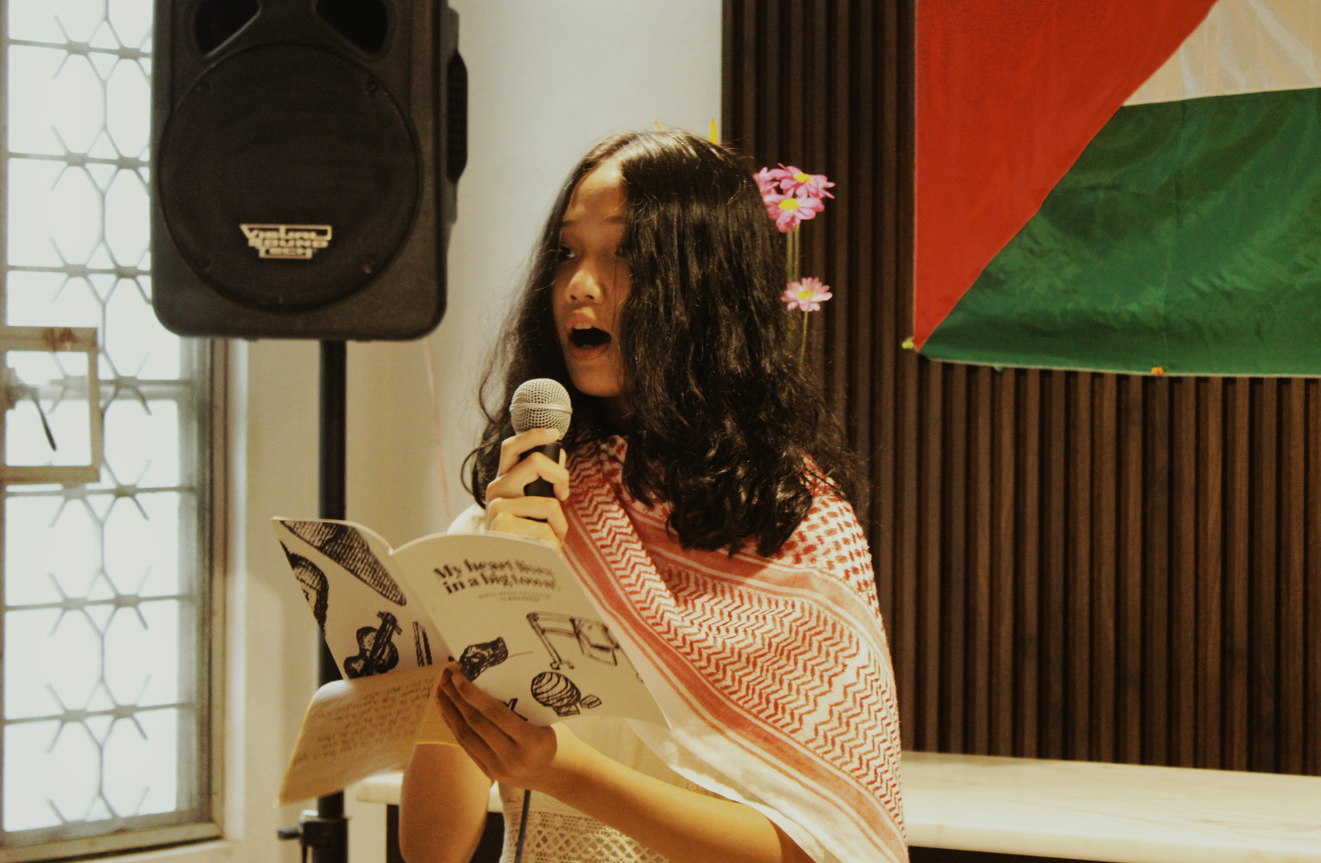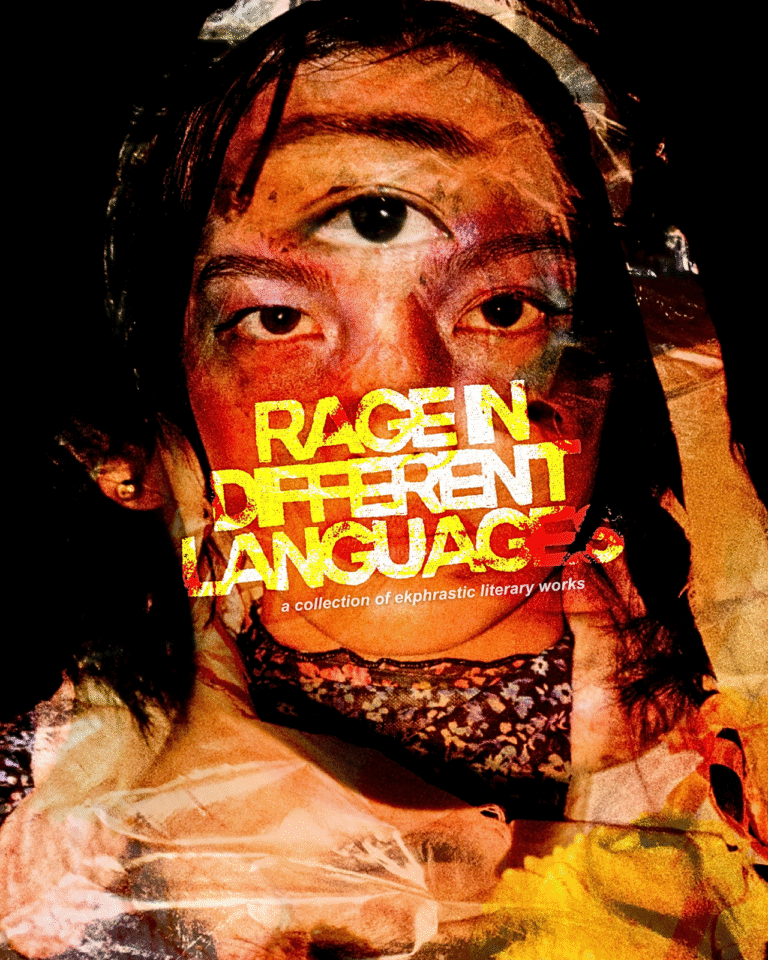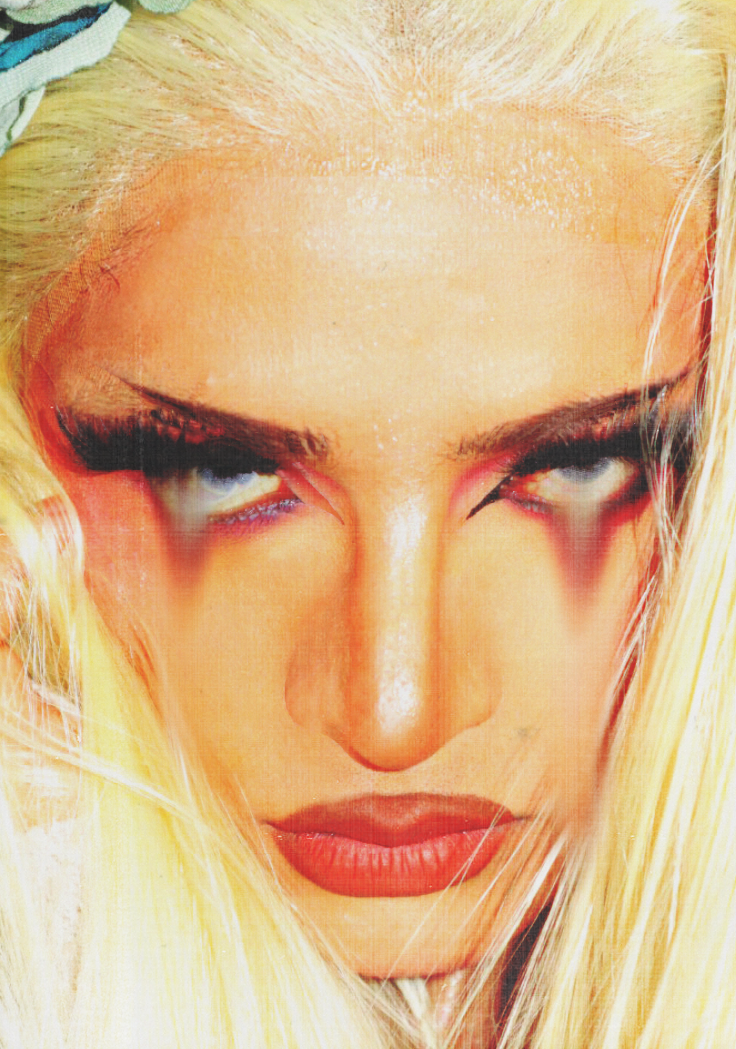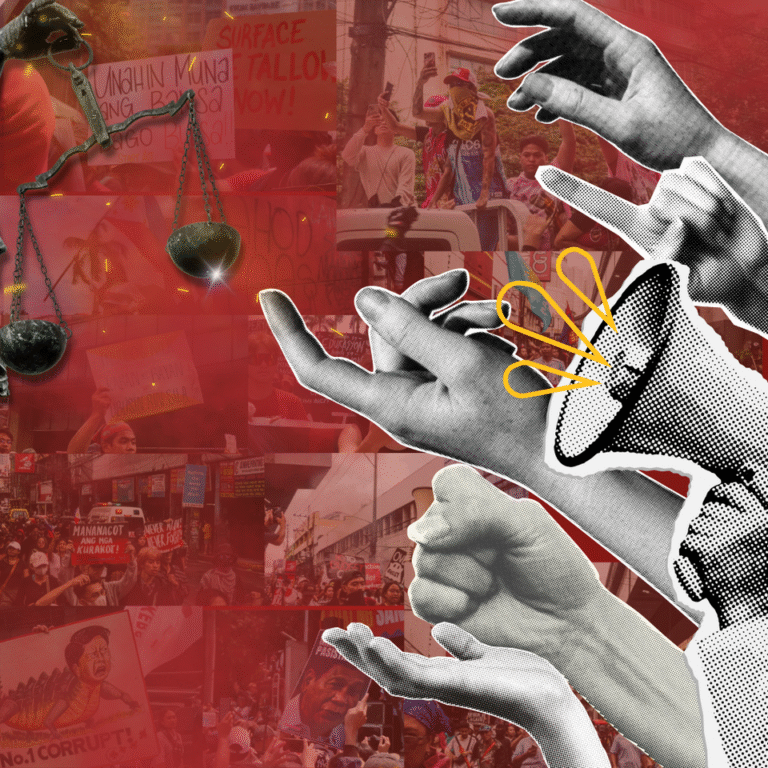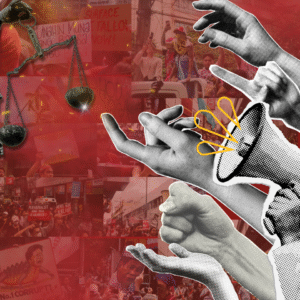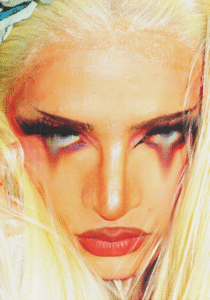Written by Karl Vicedo, Denise Cavinta
A soul from Gaza, whose flame had been hushed by the ripples of ruthlessness, endured a crimson-stained youth—devoid of laughter, engulfed by terror. Her final moments, each breath a plea for an ounce of mercy, are echoes of the chaos that has seized her land. And she stepped into the sky, with her time on earth half-spent, remaining a child.
Her story, shared by other souls whose lives were stolen too swiftly, evokes grief to those left behind—even to a friend from the other side of the unforgiving world, a mortal who pens for peace.
Angered and saddened. Such was the state Ania Sabine Reyes, a poet of the age of twelve, found herself in upon hearing of the cruelty that persists towards the children of Gaza—who have been reduced to mere pawns. Ania, who has scribbled since she was seven, sees poetry as a vessel of verity. In “Hind and I,” she tells of how, in the face of chaos, the future is brutally ripped away from the trembling hands of the youth. Ania lends an ear and a voice to a weeping soul, who is but a fragment of the muffled cries of the youth of Palestine.
A soul and a mortal, separated by the seas and the skies, bound through poetry. The heart of a child is enveloped with empathy that is transcendent—such is embodied by a child of the Philippines pleading for justice, through verses, to be brought to a child of Palestine.
Ania’s poem is displayed at the ongoing “HeART of Gaza” exhibit, a glimpse of Palestinian children’s reality, in Chapterhouse, Quezon City. Read her piece and ponder—for in between its lines lie love, resistance, and a call for a free Palestine:
“Floating amidst clouds,
I was quietly watching what was happening underneath.
Where the slaughtering of Palestinians was visible,
where bombs were being dropped, where Israelis were roaming freely. Blood was very much seen,
also, dead bodies, and lack of humanity.”
Barbarity has swallowed what once was and, as Palestine drips red, “humane” is by no means a definition of what the land braves. The Palestinian Ministry of Health confirmed 67,139 deaths, as of October 5, 2025. As per the Integrated Food Security Phase Classification (IPC), Gaza belongs to Phase 5 which tells of starvation, destitution, and death. A tragic fate knocks: to be left to die, to be left to rot. And those who remain spared of death are far from being exempt from the torment as, with hollowed stomachs, survival is but a gamble.
“Carefully observing the ground, I continued to fly;
I journeyed far away to explore more and that’s when I met her—
another girl, also floating in the clouds. Hind Rajab was her name.
I found her interesting, so I approached her.”
When Ania was enlightened of the horrors transpiring in Gaza, frustration consumed her. Children like her, some even younger than her, die in the hands of chaos and this infuriates her. There looms a sense of being helpless with the constraint of distance. Yet, she does not let herself fade into a mere observer. Instead, she writes. And her words speak for aching souls, among whom are Hind.
“I looked in her eyes and I knew she was a sweet, kind, and innocent child.
I asked where she was from,
I was saddened to hear that she was
‘from Palestine.’
A soul that was journeying, I see.”
Palestine is in desolation. The death of Hind, is a reminder that mercy is long gone. A child, whose future remains a bud that shall never bloom, spent her last breaths bloodied, surrounded by loved ones who had fallen as casualties. And yet, despite international condemnation, such a tragedy among the young grows common day by day—proof that such a cruel world favors none, and crushes all.
“How old are you, dear?’ I asked.
‘I’m only 6,’ she answered.
I asked more, and learned more about her: about how she died,
in which an Israeli tank was shooting the car her family was in, while both her and her cousin were calling paramedics but failed, the car they were in wasn’t shot with one, two, or dozens of bullets, but 355.”
Hind survived the initial shooting, and was able to call her mother for three hours. She cried for help, scrambled for hope. But she bled out, and they had found her body only after twelve days. A life that had barely begun, cut short by bullets. Her sobs and her wounds speak of the gruesome fate of the children of Gaza. And the dreams she once possessed represent the nabbed future of the young souls that went.
“We both flew higher, further up into the sky,
Feeling some more breeze, we journeyed
deeper into the clouds, and played peacefully.”
Before the bombings, the children of Gaza frolicked through the frigid drafts of fields that have since withered away—testaments to the ordinary lives they once held. These lives were filled with laughter of naivety, prancing in elementary corridors, and simple dreams of growing up. More than a million children once called Gaza “home,” their days marked by toys and playgrounds, not sirens and rubble.
“We stayed with each other,
[we did] a lot of exploring.”
In Gaza, where the sky itself was incarcerated, children turned narrow alleys and evacuation centers into imagined possibilities—exploring worlds when their own was being taken apart. Ania, the girl with dreams of liberating the soul of her friend, accompanies her in this journey of diversion and marvel. Today, 660,000 children remain out of school and over half lie in ruins. Yet children’s curiosity persists, truly, as a form of rebellion through the lens of wonder.
“We had cherishing, peaceful moments,
and the most saddening was-
One day, amidst a rainy day,
she felt that it was time
to finally go to the afterlife.”
According to Save The Children, every hour on average, at least one Palestinian child has been killed by Israeli forces in Gaza over the last 23 months of war, with the number surpassing 20,000. Raindrops that once cooled these children’s summer afternoons now mirror the tears of mourning families, of a weeping nation, of a grieving world. These children, even before getting the chance to meet their future, meet their end. When one soul decides it is time to go, it is not a choice but rights stolen.
“[She] said her farewells to me,
and flew, with her tiny cloud.
Higher and higher, she went
until she was out of my sight.”
Day by day, the tiny clouds in Gaza get infiltrated by smog and perished hopes. One by one, they also get filled by the souls too young to cross the bridge. The tiny fingers that once gripped crayons and pencils now color the sky itself, fighting the death of tiny clouds turned grey. In the exhibit in Quezon City, each framed artwork is a remnant of those clouds: a keepsake of children who should not and refuse to vanish in silence. They may be out of sight, but their names ring like sirens in our hearts.
“It’s been a long time since I last saw her,
but I’m sureshe’s in a wonderful place.”
Even in Manila, miles away from Gaza, a young poet composes stanzas for the friends she never had the chance to meet. She believes that heaven is not a place you go after death, but a world that listens to you even after you’re gone. Her words are the echoes of the lullabies shushed too hard and halted too soon. She is the reminder that distance cannot and will not drown remembrance.
“I am glad that a soul like her,
befriended a mortal like me.”
Across oceans, one soul meets another. Through poetry, through art, and through grief—the Filipino and the Palestinian children clasp hands in the unseen. In Ania’s voice, the youth of the Philippines learns what it means to love beyond borders and call for freedom across seas.
The HeART of Gaza does not end within the walls of an exhibit. It continues in every Filipino child who dares to look, to write, and to feel the stories of every Palestinian child. In Ania’s pen bleeds the pulse of a generation that refuses to stay silent. Her poetry is not merely sympathy or compassion; it is solidarity—a reminder that love is never idle. Love moves, it speaks, it even writes. Love, too, is resistance.
For now, our voices may only travel through poems and artworks, but someday they will move mountains of policies, rebuild worlds, and heal the wounded. Until then, Ania pleads that we never stop writing, never stop remembering. For the Filipino youth, to be young is not an excuse to stay still; it is a summons to awaken, to write, to rise, and to call for freedom.
Gaza may be oceans away, but its heart is not far—it beats within every young voice that chooses compassion over apathy, action over silence, love over hatred. Somewhere, somehow, we can begin.
To love is to begin. To begin is to resist.
The soul weeps; the mortal writes. And when one child writes for another, love becomes a quiet revolution written line by line, word by word. If the hearts of Gaza and its children beat today, it is because somewhere, a young girl in the Philippines listens and chooses to care.
Hind’s tears and sky is Ania’s color and canvas; the soul weeps, the mortal writes.
—
AUTHORS’ NOTE: The “HeART of Gaza” exhibit tours across the globe to showcase children’s art from the genocide. With the arrangement of Gantala Press, the artworks are currently displayed at Chapterhouse, Quezon City until this November 5. Visit the exhibit and see the events in Gaza in the lens of Palestinian children.
Long live, the Palestinian children!Free Palestine!

